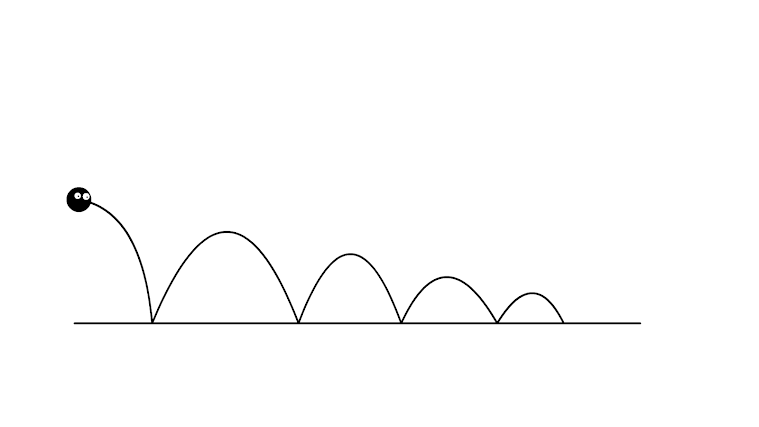Fantastic Voyage: Comparing Year 6 Level Work To Year 1
As my Mum is a primary school teacher, she was able to provide me with two examples, one year 1 and the other aimed at year 6, of lessons about evolution. I want to analyse how both presentations cater to the audience in order to understand educating different age ranges. I can then use the information to decide whether one of these ages will be my target audience for my animation, or whether I need to look at an audience which is younger/older.
The Year 6 (KS2) Presentation - The Life Of Charles Darwin
The presentation starts by explaining who Darwin was, a bit about his early life and how he became the naturalist aboard the ship HMS Beagle. It does this through mostly chunks of text. The text is informative, with facts to back up the information. There is a single picture in the centre which breaks up the text and offers some context visually about what the text is talking about.
The following slide describes the Beagles voyage. I like this slide particularly as it has enough text to be informative yet not too much to become overwhelming. It has a large image surrounding the text which depicts The Beagle battling the harsh conditions. I feel like the use of the large image is not only more interesting to look at, but also more memorable as you are getting a visual interpretation for your mind to remember. This helps me as I am a very visual learner.
The slide reverts back to its two paragraph and picture format as it describes Darwin's findings and then the PowerPoint ends.
I feel like the PowerPoint successfully described "The Life of Charles Darwin" in the way a year 6 (KS2) student would understand.
I like the cartoon forest image which is present in every slide and acts as the border. Its visually interesting and adds an unique look to the presentation. I also have to consider that the PowerPoint has animated text in its digital form (as I am viewing it on paper). This means paragraphs will whizz in from offscreen so the viewer will not be met with an initial wall of text. This adds structure and flow to the presentation and allows the presenter to go at their own pace. It also grabs the attention of those watch as they see something quickly enter the screen.
I feel like the images did their job well enough to understand the information, however I would personally find images which are more interesting to look at. This will help keep the attention of those viewing.
The Year 1 (KS1) Presentation - Evolution And Adaptation
The difference in text immediately stuck out to me when viewing this presentation.
The first slide is explaining what evolution and adaptation both are. It does this by having the person in control click on the boxes in order to discover the answer. This will then reveal a very short definition with easy to read text. By making the presentation interactive, it keeps the attention of the viewer by involving them. This is needed towards this audience aged 5-7, too keep them engaged.
The next slide introduces Charles Darwin with a short description of who he was and what he did. Its important just to get the key information out with less distracting information to ensure the viewer understands what they need to understand. Because of this, the presentation does not need to explain Darwin's early life, his job, travels, discoveries and publication of his book (all information found in the year 6 KS2 presentation)
The next slide shows how evolution works and then the remaining slides provide information giving examples.
The main difference this time is that the PowerPoint is less focused on certain areas and is more of an overview of the topic as a whole. There is enough information to understand evolution, but not too much to overwhelm the viewer.
I really like how each slide is structured. At the top there is a bold title which reminds the viewer what is happening on the slide. There's not too much writing and the images are large and cartoony. Like before there is also a bright picture as the background and border. I like how the images are utilized more in this PowerPoint. This was however easier for them to do for this PowerPoint as there is less text which leaves more room for images.
Overall I feel like I have benefitted by analysing both KS1 and KS2 work. I think I prefer the idea of Ks1 as it is a bit more fun and brief, which will allow me to focus on the animation. I can make the animation more visually interesting if my audience requires less information and a way of absorbing it.






Comments
Post a Comment